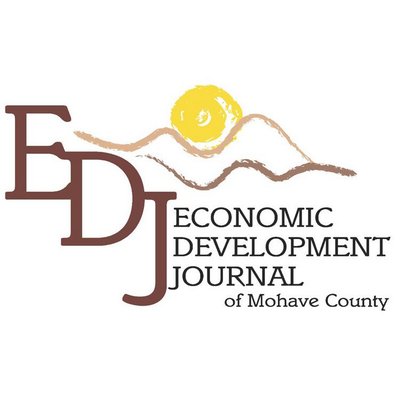ARIZONA – The financial crisis gripping the University of Arizona is sending shockwaves throughout the state, raising concerns about the impact on Arizona residents, including those in Mohave County.
The size of the university’s financial problems has become increasingly alarming in recent months. Initial reports of a multimillion-dollar shortfall have ballooned, with the latest estimates suggesting a deficit potentially exceeding $140 million. It appears this is not simply a one-time budget gap but a deep-seated structural problem with the university spending far more than it brings in each year.
The roots of the crisis are complex and multifaceted. Declining enrollment appears to be a major factor, as the number of students attending the university, particularly in certain programs, has trended downwards. This loss of tuition revenue is compounded by reports of overspending in areas like hiring and compensation. Additionally, a staggering portion of the financial woes stem from the university’s athletic department, reportedly hemorrhaging approximately $35 million annually.
While U of A’s situation isn’t entirely isolated – some experts link it to broader challenges facing higher education institutions nationwide – this does little to ease concerns about the fallout for Arizonans. The most immediate consequence is likely to be hefty tuition hikes, impacting both Arizona residents and out-of-state students. The university has already indicated that it is looking into program cuts, although specific targets remain unclear. This uncertainty leaves students and faculty in a state of anxiety as they worry about their programs being discontinued or downsized.
The crisis also creates broader economic headaches for the state. While lawmakers seem averse to directly chopping U of A’s funding, the looming university deficit puts additional pressure on the state’s budget. This could have indirect consequences for Arizona residents, as resources might be diverted to compensate for the financial hole. Longer term, there’s concern that if Arizona’s flagship state university becomes prohibitively expensive or undesirable, it could lead to a brain drain of young talent who choose to get their education elsewhere and don’t return to the state after graduation.
For Mohave County residents, the potential fallout is particularly concerning. Many students in the county commute to U of A, and even moderate tuition increases would place a significant burden on these families. Currently, no reliable data exists on the exact number of commuting students from Mohave County. However, anecdotal reports suggest that some are already reconsidering their plans due to the developing crisis.
Mohave Community College (MCC) confirms increased inquiries from students worried about the affordability of U of A. While it’s too early to definitively state if this will translate into higher MCC enrollment, college officials are closely monitoring the situation.
Business leaders throughout Mohave County are also voicing concern. They fear that disruptions to the talent pipeline, fueled by unaffordability or the elimination of key academic programs at U of A, could have long-term consequences for the county’s economic development.
As the scope of the financial crisis becomes clearer, the University of Arizona seems poised to take drastic action. University leadership has indicated plans for significant workforce reductions, including layoffs and hiring freezes across departments. Additionally, scrutinizing non-essential expenditures and consolidating or eliminating academic programs are also reportedly on the table. Selling off university-owned assets is another option under consideration.
However, the lack of specifics around planned cuts and changes has fueled apprehension and speculation across campus. University officials cite the rapidly evolving nature of the situation and indicate final action plans are still awaiting approval. This ambiguity leaves students, faculty, and staff feeling in limbo regarding their academic and career futures.
One area that does seem to be coming into sharper focus is a shift in the university’s approach to non-resident student enrollment. Recent statements suggest substantial increases to out-of-state tuition and reductions in merit aid offered to attract non-resident students. This represents a major change that could fundamentally transform the makeup of the student body.
The crisis has prompted reactions from key stakeholders within and beyond the university. State legislators are demanding greater accountability and oversight, questioning if red flags were missed that could have mitigated the scale of the shortfall. The Arizona Board of Regents, which governs the state university system, has signaled plans to more closely monitor university finances moving forward.
Meanwhile, faculty and student groups have expressed grave concerns about being left in the dark. Faculty worry about the threat of losing their jobs or seeing academic departments and resources shrink. Students fear being priced out by tuition hikes driven by the university’s financial woes.
For Mohave County residents, unanswered questions linger about how the fallout might specifically disrupt the county’s economy and workforce. Efforts to pin down the potential loss of a vital pipeline of U of A graduates into local jobs have proven challenging thus far. However, some business leaders have indicated this remains a top concern.
The imminent actions from the University of Arizona in response to cascading financial losses seem likely to significantly impact operations. With concerns mounting among key constituencies – students, faculty, lawmakers, and business leaders – all eyes will remain fixed on the university’s next moves. The ripple effects seem destined to flow far beyond Tucson, potentially shifting higher education and economic development landscapes across Arizona for years to come.
—Stephen Lightman



























